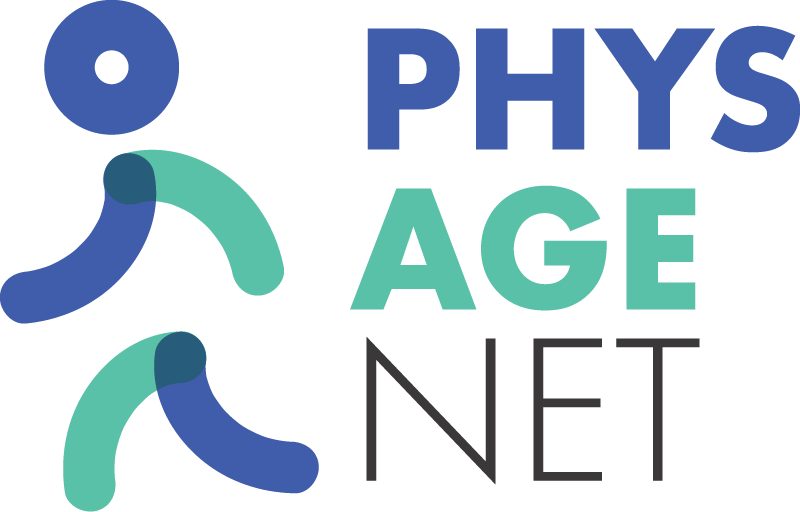
PhysAgeNet is a EU COST Action which undertakes coordinated research collaboration at European level. Its aim is to to establish a sustainable network that will foster evidence-based research and practice of physical activity in older adults and will enhance integration of innovative ICT solutions based on open data consolidated research information, in order to promote … Continue reading PhysAgeNet →
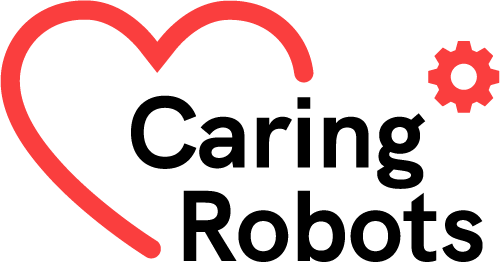
The use of robots in the care sector is a frequently discussed future scenario that brings up different expectations. The percentage of older people will increase significantly in the future. On one hand, there is hope that robots could support humans in living an independent life in their familiar surroundings until old age. On the … Continue reading CaringRobots/RoboticCare →

Algorithmic Governance of Care Care work in long-term care (LTC) is considered as a genuine human-centred activity, requiring empathy, emotional investment, physical encounters and intimate, trust-based relations between various care-givers and care-recipients. AI technologies are introduced in this professional field to assist care workers in their daily activities and provide an additional measure of care … Continue reading AlgoCare →

Multimodal Sensor-Lighting System for the Protection of Vulnerable Traffic Participants The reliable machine detection of vulnerable participants in road traffic (pedestrians, two-wheelers) is an important social goal and a demanding technical challenge, which currently remains unresolved; particularly when it comes to poor visibility conditions (night, fog), far distances (>100m) and approaching a vehicle from the … Continue reading SmartProtect →
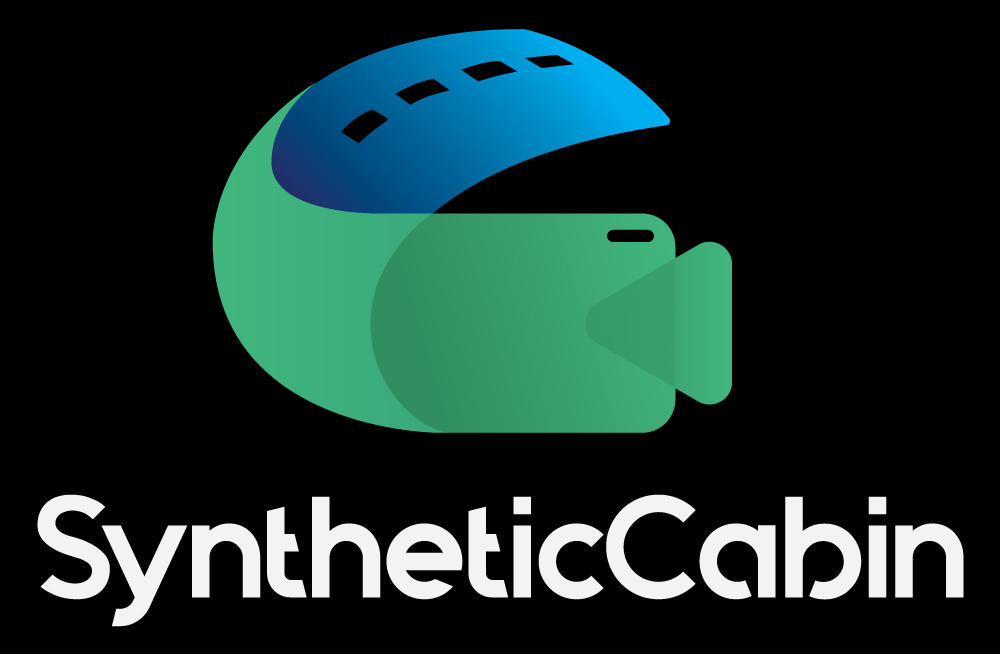
Simulation of vehicle interiors for the efficient development of driver/occupant monitoring systems The goal of this project is a cost and time efficient simulation workflow for the development of applications for environmental analysis for the vehicle interior. Our innovative approach simulates complex dynamic vehicle interior scenarios (e.g. generation and animation of 3D person models, materials … Continue reading SyntheticCabin →
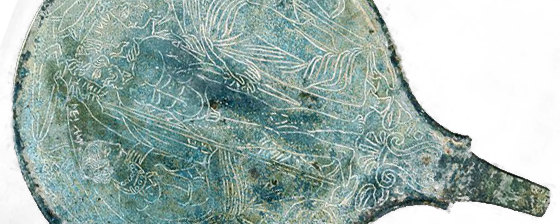
Etruscan Mirrors in Austria: The Kunsthistorisches Museum Vienna and other public collections Etruscan mirrors form one of the largest object groups in Etruscan art; and this project intends to produce a comprehensive study of Etruscan mirrors held in Austria – those in the Kunsthistorisches Museum Vienna and the ones housed in other Austrian public collections. … Continue reading Etruscan Mirrors in Austria →

The digital transformation of the humanities has been driven since 1949. In Austria, this transformation has received a significant boost since 2015. In various national cooperation projects (HRSM project KONDE) and international infrastructure projects (DARIAH, CLARIN), Austrian universities and cultural heritage institutions have built up specialized competencies that are to be disseminated in the present … Continue reading Digital Transformation of the Austrian Humanities →
Domain-adaptive Remote sensing Image Analysis with Human-in-the-loop Analyzing remote sensing images on a large scale requires to balance two major constraints: accuracy of results and the time it takes to process the images. Using human analysts to accomplish the goal usually provides highly accurate results, but is often not feasible in large-scale scenarios due to … Continue reading DoRIAH →

International Interdisciplinary Network on Smart Healthy Age-friendly Environments To promote social inclusion, independent living and active and healthy ageing in society, the NET4AGE-FRIENDLY COST Action will establish an international and interdisciplinary network of researchers and stakeholders from all sectors. Its aim is to foster awareness, and to support the creation and implementation of smart, … Continue reading NET4AGE-FRIENDLY →
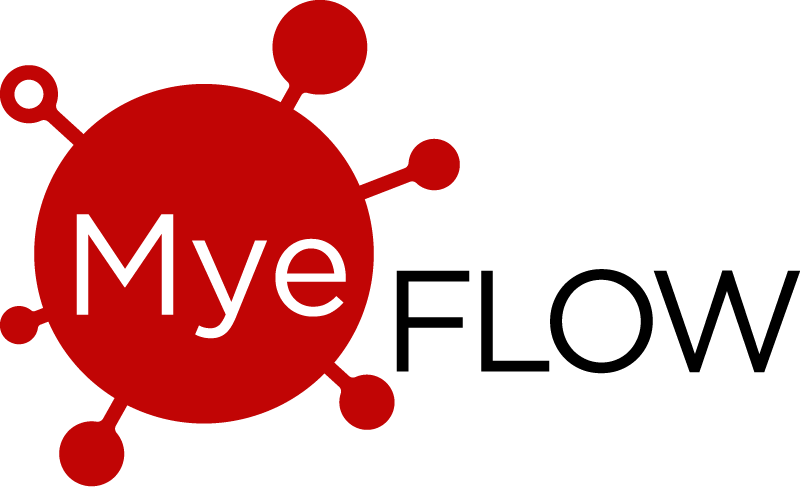
Automated minimal residual disease assessment in childhood acute myeloid leukemia Acute leukemia is the most frequent cancer in children and adolescents. Assessment of the treatment response via quantification of minimal residual disease (MRD) at certain time-points of treatment has become a fundamental diagnostic procedure for tailoring therapy intensity and duration. In particular, children with the … Continue reading MyeFLOW →









